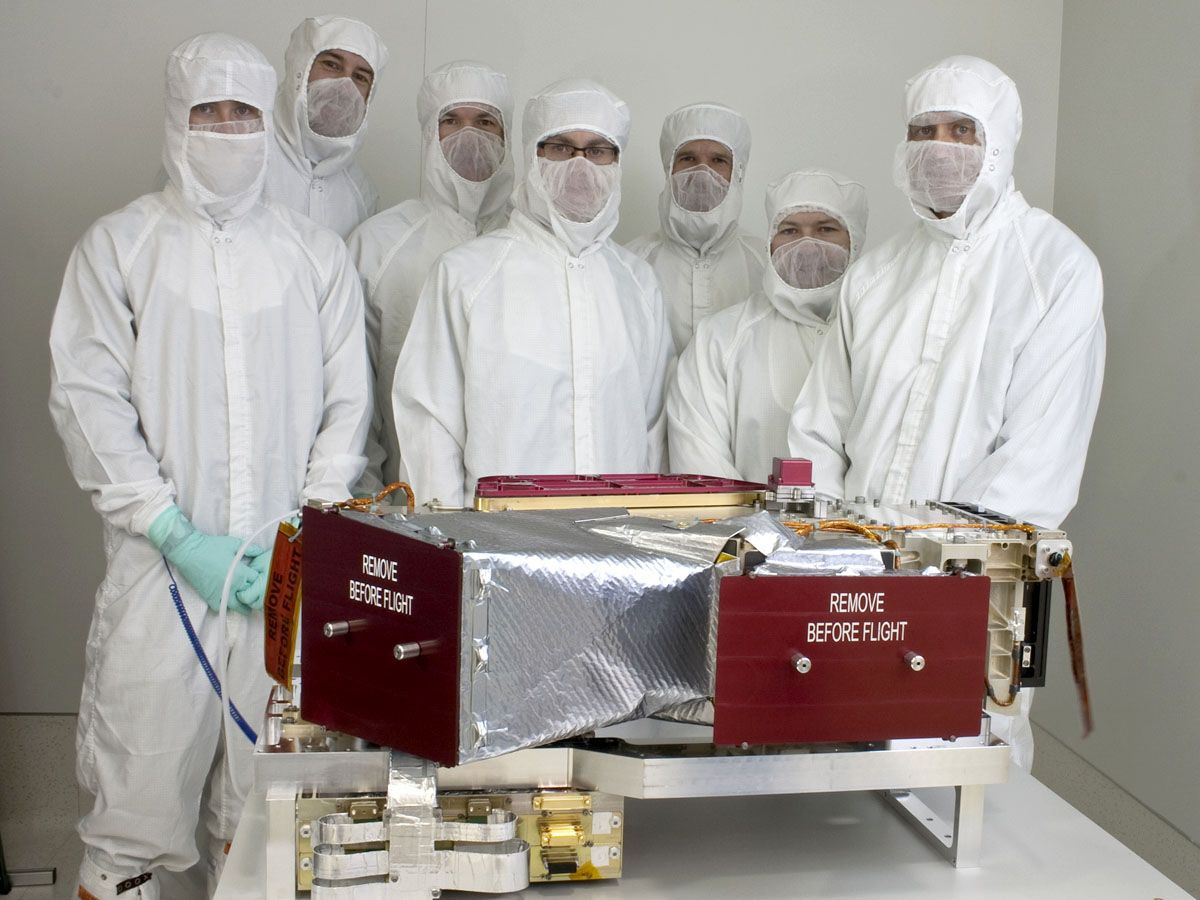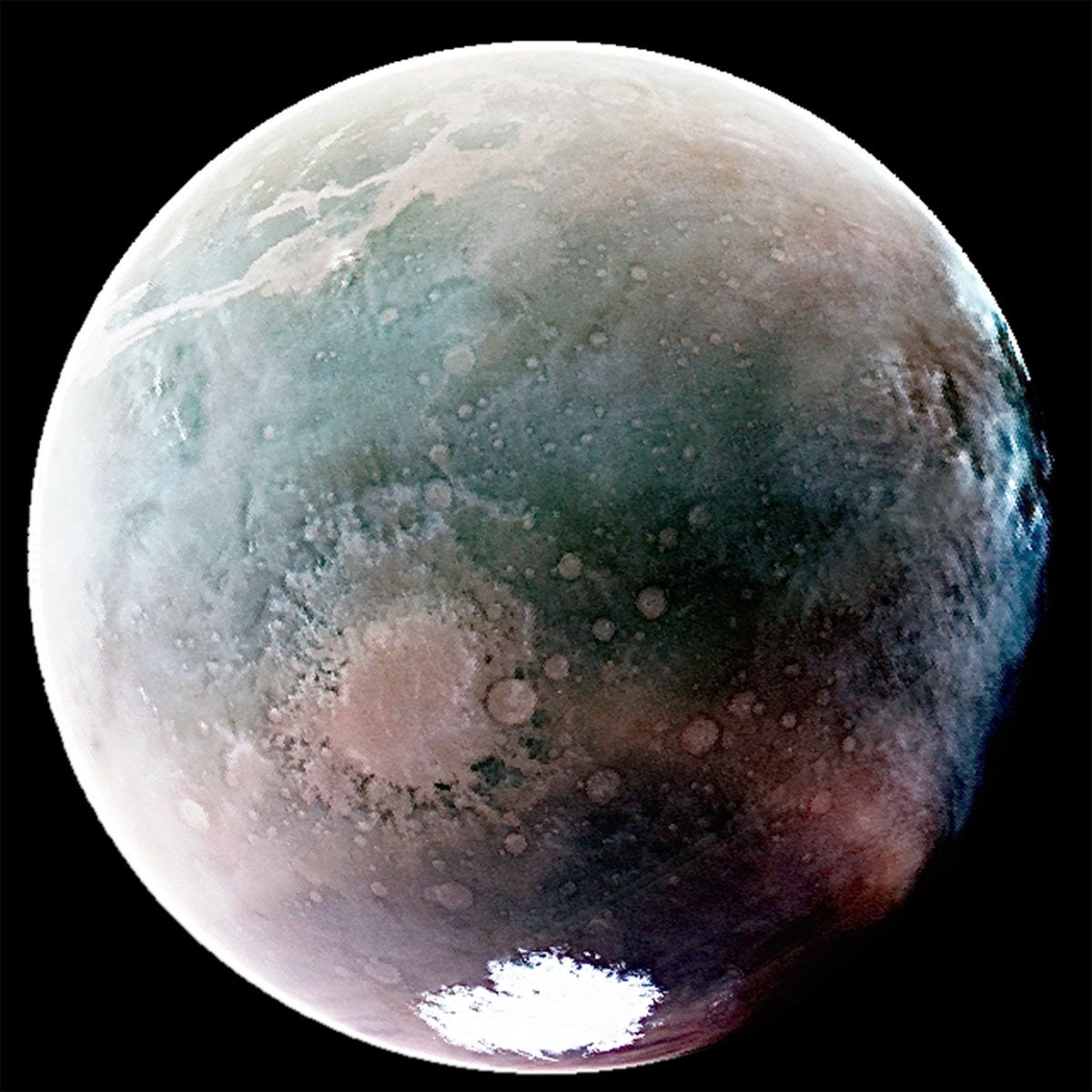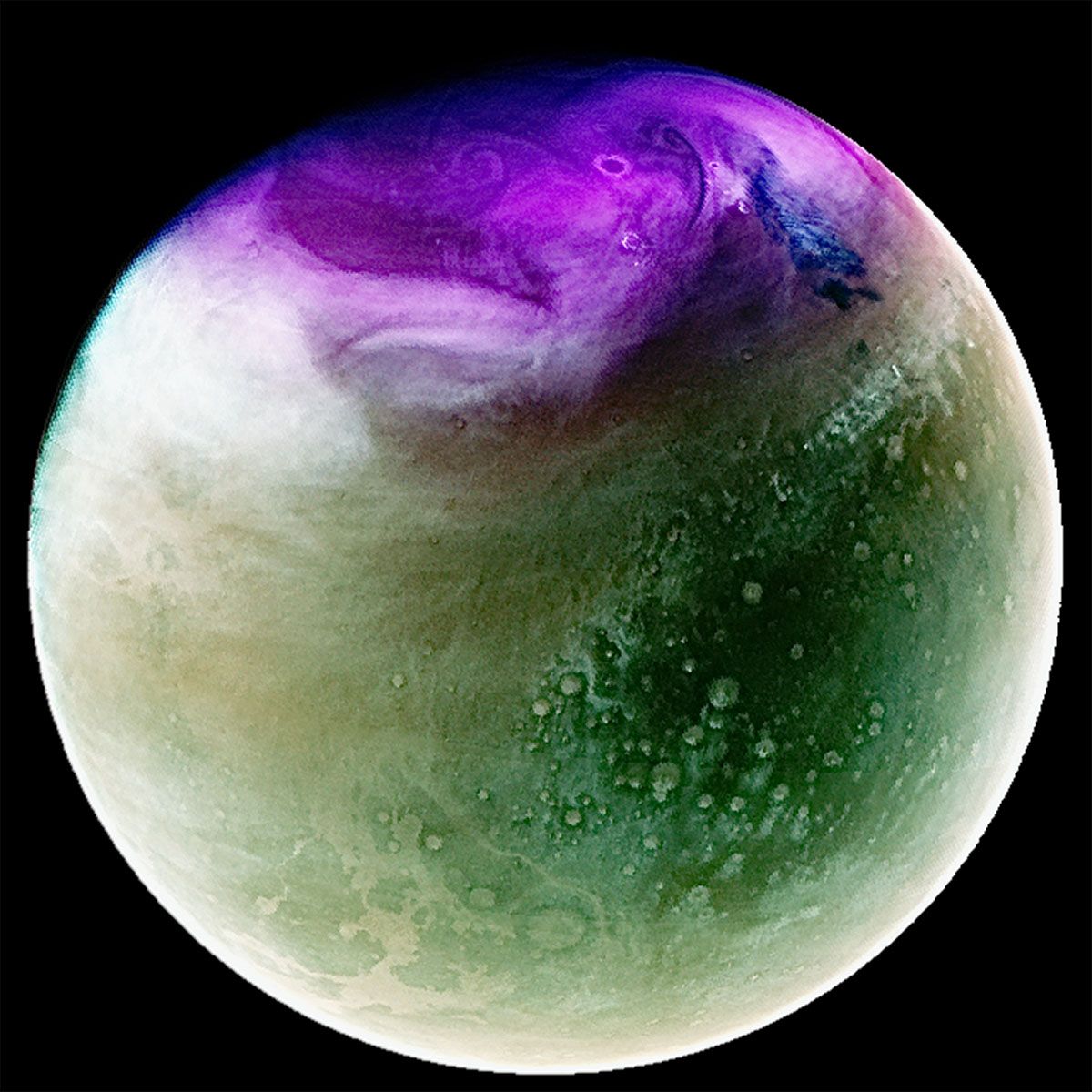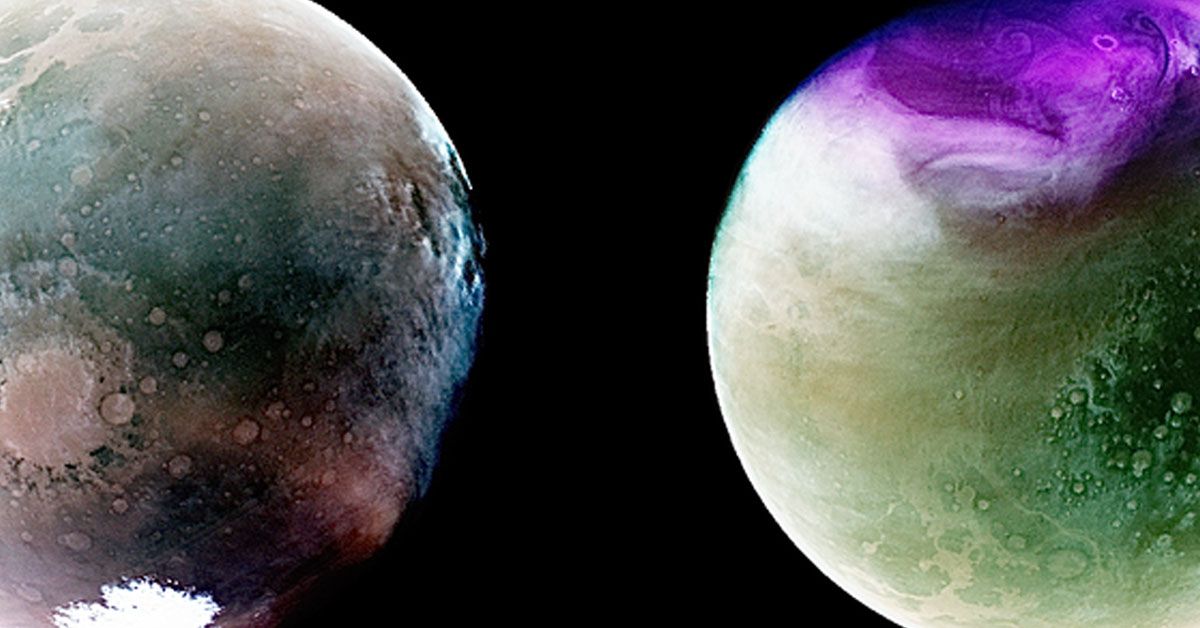NASA's MAVEN mission in space exploration is a remarkable demonstration of human curiosity and technological capabilities. Launched with the objective of examining Mars' atmosphere, this mission provides groundbreaking insights through breathtaking ultraviolet images of the Red Planet.
Ultraviolet imagery, a vital tool in MAVEN's arsenal, holds the power to peel back layers of Mars' secrets, offering an unparalleled perspective on this distant world.
But, why is understanding Mars in this unique ultraviolet light so crucial?
The MAVEN Mission
MAVEN's journey began in November 2013. As an explorer of alien worlds, it reached Mars' orbit in September 2014. Its mission? To unlock secrets of the Martian upper atmosphere, the ionosphere, and the interactions with the Sun.
The spacecraft, a marvel of modern technology, was built by Lockheed Martin Space, which also handles mission operations.
NASA's Jet Propulsion Laboratory provided navigation and support for deep space communications.
Lastly, the Laboratory for Atmospheric and Space Physics at the University of California Boulder managed the mission's science operations and outreach.
The Power of Ultraviolet
Have you ever wondered how scientists study Mars from so far away? One crucial tool is MAVEN's Imaging Ultraviolet Spectrograph (IUVS) instrument. This complex device measures wavelengths between 110 and 340 nanometers.

To help us understand these measurements, scientists use a process called colorization to transform these wavelengths into colors we can see: red, green, and blue. This powerful instrument gives us a unique view of Mars.
For instance, atmospheric ozone appears as a captivating shade of purple. Clouds and hazes, markers of Martian weather, come to life in hues of white or blue. The Martian surface itself can even appear tan or green, depending on how the images are optimized for contrast.
A Journey to Mars' Southern Hemisphere
Imagine gazing at an alien summer sky. In July 2022, MAVEN offered us this chance with a striking ultraviolet image of Mars's southern hemisphere.
This extraordinary view, colorized to enhance details, revealed fascinating aspects of Mars in its summer glory. At the bottom left of the image, we see the Argyre Basin, a massive crater that appears with an atmospheric haze, like a mirage in a Martian desert.

Towards the top left, deep canyons known as Valles Marineris make their appearance, draped in cloud cover. Most notably, the white area shows the southern polar ice cap, shrinking due to the warmth of summer.
This image also demonstrated an increased hydrogen loss from Mars, a significant event that occurs during the southern summer.
A Tour of the Northern Hemisphere
Fast forward to January 2023. Winter had arrived in the Martian northern hemisphere, and MAVEN was ready with its camera. The resulting ultraviolet image told a story of a world in the grip of cold seasons.
Clouds, appearing white in the image, took center stage due to the rapidly changing northern polar seasons. Peeking from the lower left, Valles Marineris made another appearance, accompanied by several craters etching the Martian landscape.

Interestingly, the image revealed a magenta hue, signaling an ozone buildup, a common phenomenon during the Martian winter. However, chemical reactions with water vapor would destroy this ozone come spring.
The Importance of Understanding Atmospheric Loss
When it comes to the exploration of Mars, why is atmospheric loss a hot topic? Simply put, it's like reading an ancient diary of the planet.
As Mars loses its atmosphere over time, it leaves behind clues about its past. By studying these changes, scientists can learn about Mars' history, climate, and whether it could have once supported life.
Evidence of enhanced hydrogen loss during the southern summer, as observed by MAVEN, is a prime example. When coupled with the varying ozone levels observed during the Martian year, such data provides a clearer understanding of how Mars' atmosphere has changed and continues to evolve.
This exploration of atmospheric loss is a significant step towards understanding the larger narrative of Mars and its potential habitability.
MAVEN's Decade at Mars
As MAVEN approaches its 10th year at Mars in September 2024, the excitement within the scientific community is palpable. A decade of dedicated exploration has already reaped vast amounts of information. But what does the future hold?
Expectations are high for even more groundbreaking discoveries. With each passing day, MAVEN continues to observe, analyze, and reveal new facets of the Martian environment.
Every ultraviolet image, and every atmospheric measurement, adds another piece to the intricate puzzle of Mars. As MAVEN's journey continues, the promise of new insights and discoveries remains a thrilling prospect, further driving our quest to understand the Red Planet.
Sources: nasa.gov












